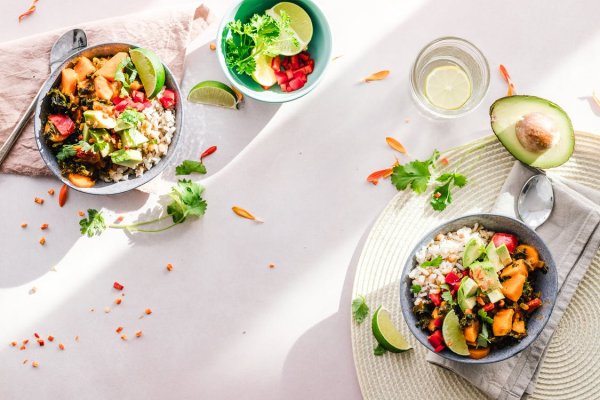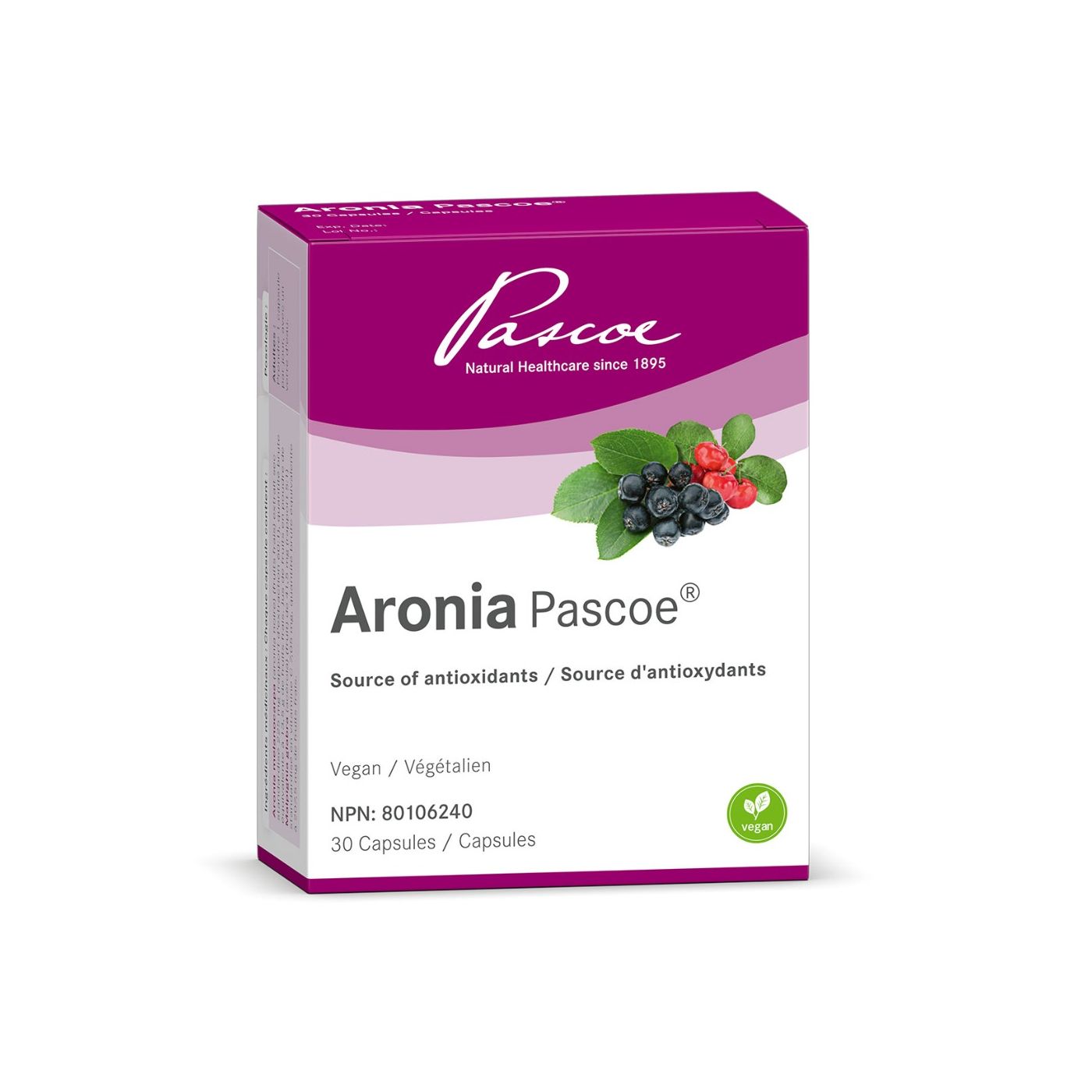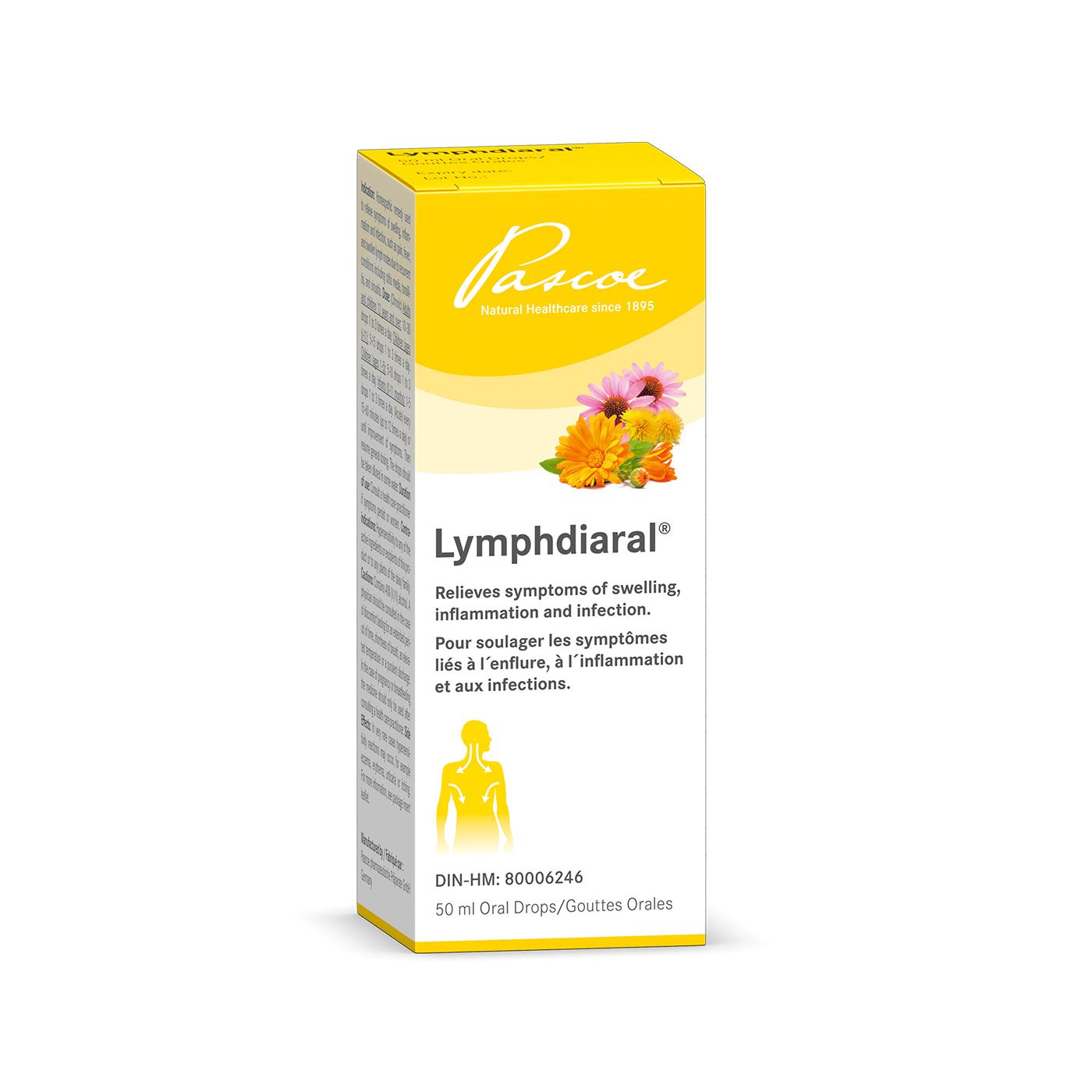Fill Your Plate with Anti-Inflammatory Immune Boosting Foods
Adopting an anti-inflammatory diet this fall could do wonders for avoiding illness into the winter months. By reducing inflammation, we improve the function of our bodies on a systemic level. This includes immune function!
While inflammation is a normal bodily reaction to injury and infection, too much inflammation, as well as chronic inflammation, can be detrimental to our overall health. An excess of inflammation is associated with autoimmune, cardiovascular, gastrointestinal, metabolic, and neurodegenerative diseases. It can also affect us mentally and cause mental illness such as anxiety and depression.
By filling our plates with anti-inflammatory and immune boosting foods as much as possible, and avoiding inflammatory foods and habits, we can improve overall health and wellbeing, as well as ward off unwanted illness.
Minimising Inflammatory Foods
The best way to get results when adopting an anti-inflammatory and immune boosting lifestyle is to reduce the habits that will get in your way. This includes avoiding certain foods and changing up habits around sleep, exercise, and stress management.


The top inflammatory foods you may be consuming are added sugars, trans fats, red and processed meats, an
abundance of omega-6 fatty acids, and/or refined carbohydrates.
Added sugars: Many packaged and processed
foods contain added sugars. Manufacturers use them to improve flavour. Granola bars, crackers, bread, and
store-bought salad dressings, all contain added sugar that contributes to inflammation by inundating the blood
stream with sugar. Insulin spikes and tries to place these sugars within our fat cells, causing them to swell.
If you need a convenience item, select packaged foods with fewer than 4 grams of added sugar per serving.
Trans fats: Hydrogenation causes trans fats. These are damaged fats that aren’t helpful to be consumed in
any amount. We find them in baked goods and other processed foods. Consuming trans fats can raise cholesterol levels
and lead to heart disease and diabetes. Avoid foods that list “hydrogenated oils” or “partially hydrogenated oils”
on their labels.
Red and processed meats: High amounts of saturated fat can contribute to inflammation. Reduce meat consumption and treat it like a side dish. Protein can come from
many other sources. When consuming meat, choose options that contain fewer than 4 grams of saturated fat per
serving.
Too many omega-6 fatty acids: Omega-6 fatty acids are pro-inflammatory in the body and found in many
commercial oils, including canola, corn, safflower, sunflower, and peanut oils. These are present in lots of
processed foods. Omega-3s and 6s are intended to balance each other out for normal growth and development. Strike a
balance by increasing omega-3 foods and lowering your consumption of omega-6 foods.
Refined carbohydrates:
White bread, crackers, and sugary cereals are void of nutrition and important blood-sugar balancing fibre. Without
fibre, the sugar in these carbohydrates spikes blood sugar too quickly and aren't used fast enough. In this panicked
process of trying to disperse all the sugar, inflammation occurs. Opt instead for high fibre, complex
carbohydrates.
Removing Inflammatory Habits
If you’re looking to reduce inflammatory lifestyle factors, start with sleep. Balancing energy levels and
tapping into your circadian rhythm will also help reduce our reliance on artificial stimulants like added sugars and
refined carbohydrates.
There are many reciprocal connections between the central nervous system (CNS),
sleep, and our immune system. Proper sleep supports the functioning of our adaptive immune system. This is the
system responsible for receiving information from new threats, adapting accordingly and defending against infection.
Sleep loss can also contribute to dysregulation of vital inflammatory and antiviral immune responses. This
dysregulation can lead to overreactivity and an abundance of inflammation, as well as deplete vital resources for
responding to actual infection and illnesses.
Regular exercise and movement is a vital component of healthy
living. To maintain mobility and proper physical functioning, our bodies require lubrication, flexing, and
stretching. Living a sedentary lifestyle can reduce the functionality of our joints and muscles. Engage in
regular physical exercise to ward off inflammation and pain, and enjoy the outdoors. Adequate time outdoors in the
fresh airs keep our immune system functioning optimally.
Our stress levels also contribute to inflammation.
When we perceive stress, physical or psychological, our body goes into fight-or-flight mode. The immune system’s
response is to prepare to defend the body from incoming threats by triggering pro-inflammatory reactions. The part
of our brain called the amygdala is where our fight-or-flight activates from, releasing hormones, cortisol and adrenaline.
Regardless of the scenario, our brain can’t recognize whether it’s actually a life-or-death situation.
Stress is stress to the body. And when we live in a state of chronic stress, we can contribute to chronic
inflammation. By taking action to reduce stress levels, we can also reduce our inflammation.
Top Anti-Inflammatory Foods
You may be familiar with some of the trendier anti-inflammatory foods like turmeric, salmon and other
omega-3-rich foods, acai berries, and avocado. But what about grapes, broccoli, mushrooms, peppers, kale, and dark
chocolate? Try to consume more anti-inflammatory meals to counteract the effects of any occasional inflammatory
foods.
For example, if you’re going to have refined carbohydrates in the form of white pasta, have a smaller
serving and pair it with lots of mushrooms. Mushrooms are rich in anti-inflammatory B vitamins, as well as selenium! For an
anti-inflammatory, phytonutrient-rich, vegetarian meal, make a dish packed with kale and lentils for their immune
boosting nutrition.
Finally, if you’re indulging in dessert, opt for 70% dark chocolate or higher, to reap
the rewards of cocoa’s antioxidants.
Anti-Inflammatory & Immune Boosting Foods
Which anti-inflammatory foods double as immune boosters? Most of them, actually! There’s more to supporting
immunity than just citrus fruit and chicken soup.
Avocados contain specific sugars that block
proinflammatory action in the body and help regulate our innate immune responses. Cruciferous vegetables like
broccoli contain an anti-inflammatory compound called sulforaphane, a powerful antioxidant which also supports
immunity and fights free radicals.
Antioxidants in general, support the strength of our immune system by increasing the
production of white blood cells. Fill your plate with antioxidant-rich carrots, cabbage, beets, spinach, and beans.
Immune Boosting Adjustments for the Fall
As we head into the fall and the kids head back to school, it’s time to refocus after a summer of fun. We’re settling
into new routines and it’s a great time to make adjustments to improve our health.
Top tips for seasonal
changes include…
- Making more meatless meals at home. Focus instead on bean dishes that are packed with
antioxidants.
- Avoiding red meat. If you do have meat, look for what is low in saturated fats.
- Limiting
inflammatory foods and habits. Get to bed earlier, take a walk outdoors first thing in the morning to tap into your
circadian rhythm and limit afternoon sweet treats.
- Enjoying delicious, in-season produce that is nutrient-dense
and great for your health!
- Eating more anti-inflammatory foods to fend off illness and support mental wellbeing
also.
Implement these changes one at a time. Adopt as many as is manageable for you and your family. Fight
illness and
infection this fall with delicious and nutritious foods, and a health supportive lifestyle.
Disclaimer
Pascoe Canada does not offer health or medical advice as we are not a healthcare practitioner. Please speak with your healthcare practitioner before beginning any program related to nutrition, diet, exercise, fitness, medical, and/or wellness. All content published by Pascoe Canada is developed through collaborating with licensed medical professionals and contributors. This includes text, graphics, images, and other material on the website, newsletter, and products (“Content”). This content is for informational purposes only and does not constitute medical advice. The content does not substitute professional medical advice, diagnosis, or treatment. Please always do your own research on whether this is for you along with your healthcare practitioner advice. Always consult your healthcare practitioner prior to using specific herbs because you might have underlying conditions that need professional care. The content is general in nature and is subject to change. It is not intended to cover all possible uses, directions, precautions, warnings, drug interactions, allergic reactions, or adverse effects.




